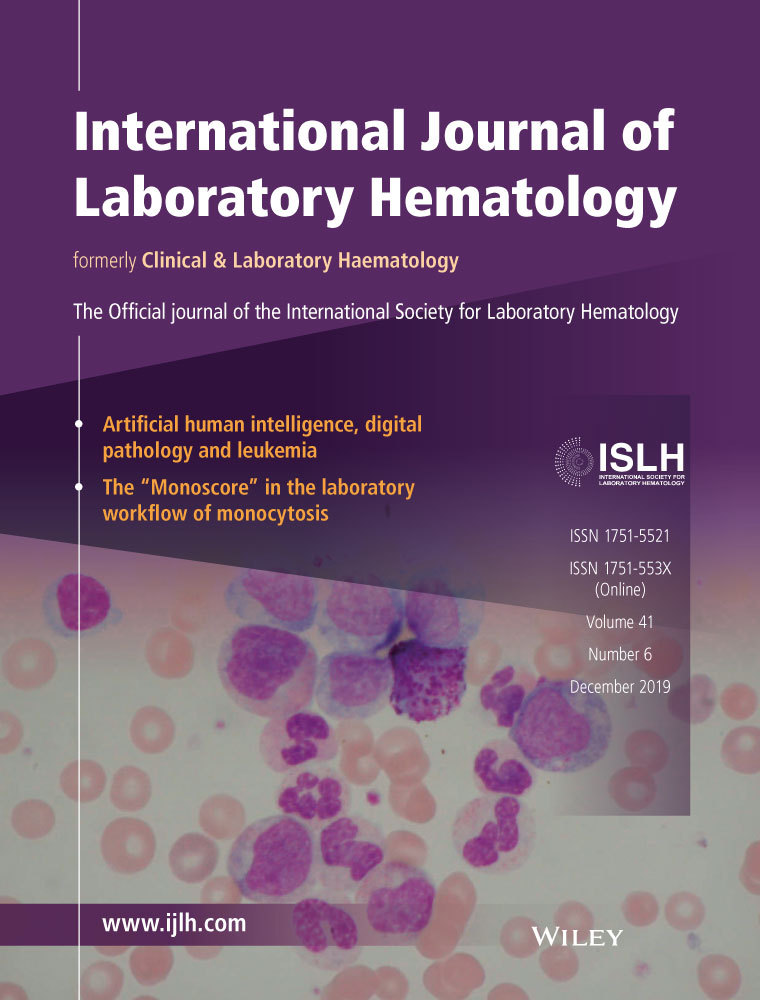Interference of lipemia in samples for routine coagulation testing using a Sysmex CS-5100 coagulometer
Abstract
Introduction
Lipemia in samples can cause analytical errors in coagulation tests using photometric assays. To define the level of this interference, some studies assessed lipemic interferences by in vitro ‘spiking’ of different types of lipids obtaining interesting information, but spiked samples do not represent a real-world situation as natively lipemic samples do.
Methods
A total of 101 samples flagged as ‘lipemic’ by a Sysmex CS-5100 coagulometer were analyzed for PT, aPTT, fibrinogen Clauss assay, antithrombin activity, D-dimer concentration, before and after a double high-speed centrifugation procedure to reduce lipemic interference. We evaluated using Bland-Altman test if high-speed centrifugation and retesting are justified, considering that's a resource-consuming procedure; when a statistically significant difference was found, quality specification for imprecision was considered and compared to the observed delta.
Results
Statistically significant differences were found for PT, antithrombin activity and fibrinogen. Considering the Bland-Altman plot, fibrinogen results were split into two groups, and statistically significant difference was confirmed only for samples >2 g/L.
Conclusions
For PT and antithrombin activity a mean percentual difference between the two determinations lower than within-subject biologic variation and one of the Fraser's quality specifications can be considered as a confounding ‘noise’ factor that is neither analytically nor clinically relevant. If the instrument determines a result on the first run, for PT, aPTT, D-dimer concentration and antithrombin activity tests, the double plasma high-speed centrifugation is unnecessary. It is instead necessary if fibrinogen >2 g/L or if the instrument cannot determine a result on the first run.




